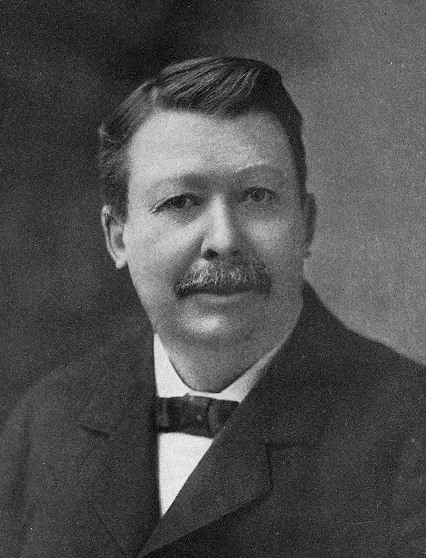 |
| "Good Health" 1911 Heines Kalmsteiner |
Welcome to the seventh day of Christmas 2022, the last day of the year. That means it's also New Year's Eve. We bookend our post today with two fine examples of the work of the superb illustrators and graphic artists who were part of the Wiener Werkstatte, a Vienna Succession movement in the early 20th century in Europe.
In much of Christian Europe this day is also known as Silvester or the Feast of Sylvester. Some of the more interesting iterations of celebrating the arrival of the new year occur in the Celtic nations of Wales and Scotland. In Wales "New Year's Eve" translates to "Nos Galan," a day to pay off all debts, visit from house to house (first-footing) to sing carols, exchange gifts, drink a refreshing beverage or two, and enjoy mincemeat pie and rice pudding. The great musical tradition of Wales has provided us with the melody for the most appropriate carol for the day, Deck the Halls. A wide variety of lyrics emerged over the last three centuries. The video below provides one example and a partial translation. The video concludes with the more familiar Deck the Halls lyrics written in 1862.
In Scotland the day is known as Hogmanay. It's a nice blend of old and new elements including fireworks, bonfires, torchlight processions, partying, and even the driving out of trolls if you still feel they're a threat . The many features of Hogmanay will be repeated throughout this day as the new year sweeps across the face of the planet. Virtually all the these activities will involve the gathering of family and friends. Whether one celebrates among millions or simply with immediate family there will come a time to end the celebration and look forward to the sun rising on the first new day of the new year. In the western world, perhaps any place touched by British traditions, that gathering will end with the singing of Robert Burns's poem, Auld Lang Syne, set to an ancient Scottish folk melody. At least three centuries before Burns's lyric became popular, there was another song shared among departing English, Irish, and Scots friends on the eve of the new year. We offer The Parting Glass to you tonight as we ring out 2022 and ring in 2023 as a year of hope overflowing with blessing and goodwill for all.
Happy New Year 2023!
 |
| Happy New Year, Postcard 149, Karl Dellavilla, ca. 1908 |
Sources
Photos and Illustrations:
theviennasuccession.com
Text:
bbc.co.uk

























